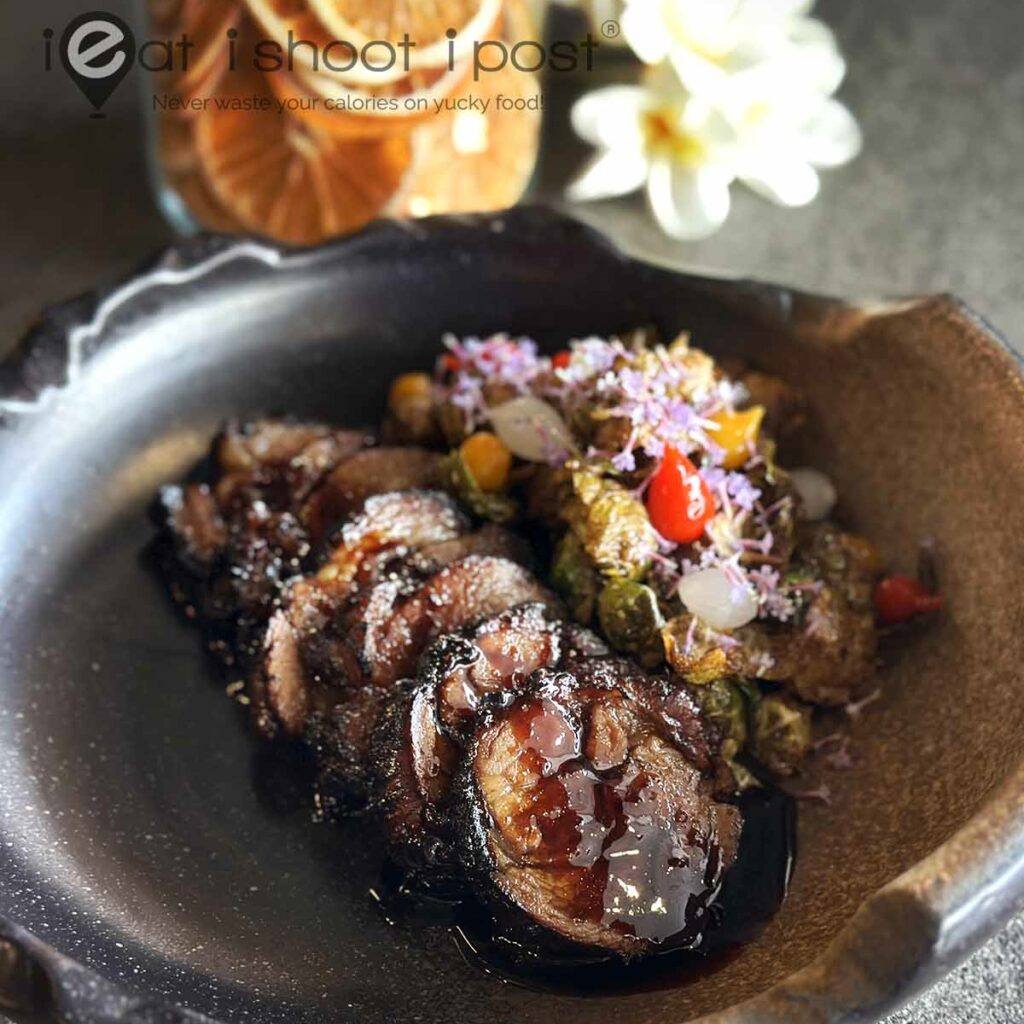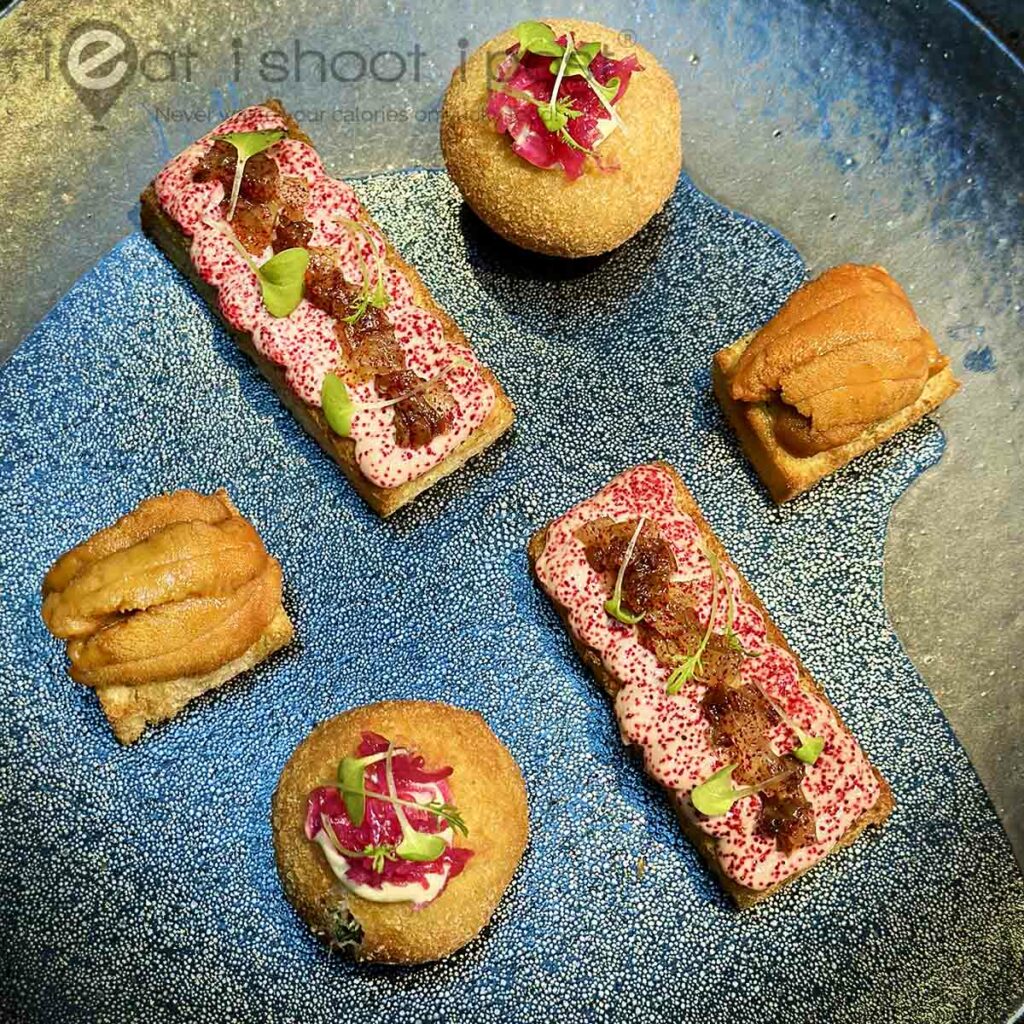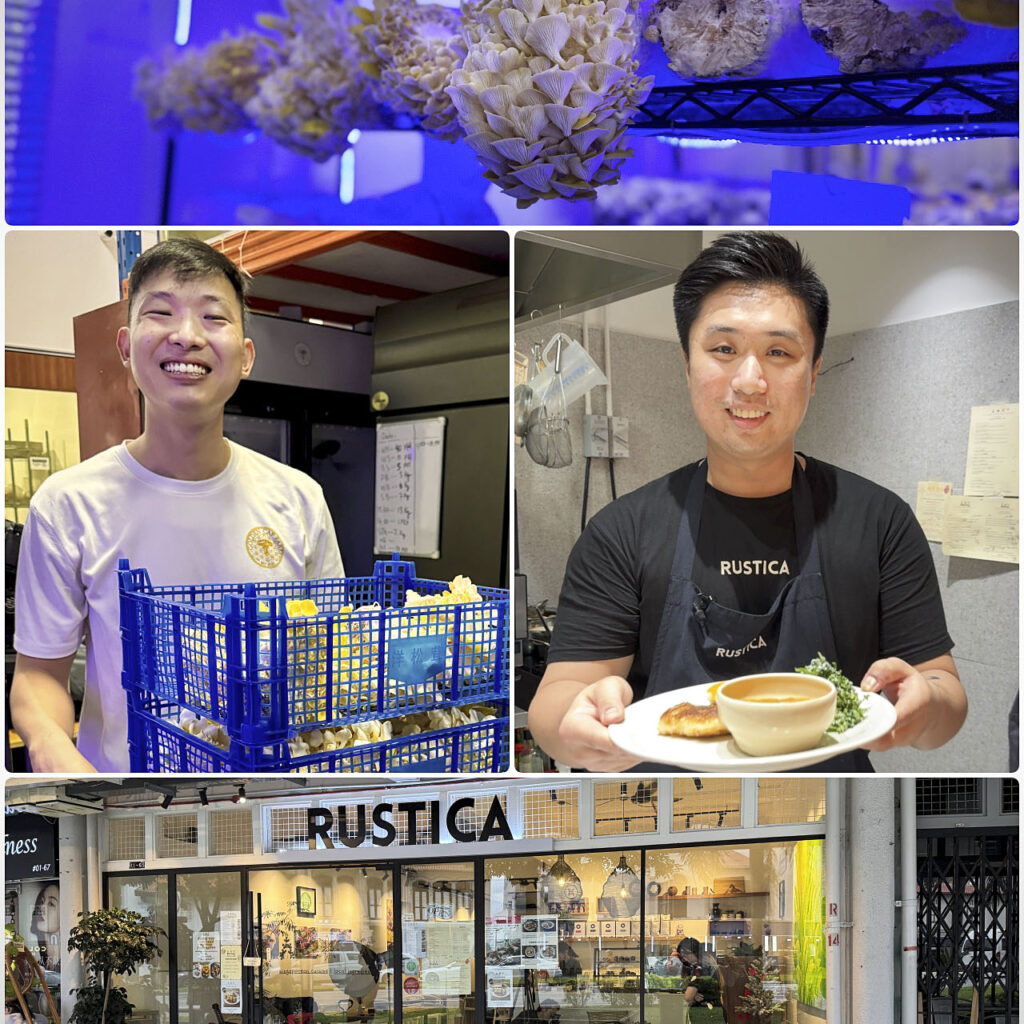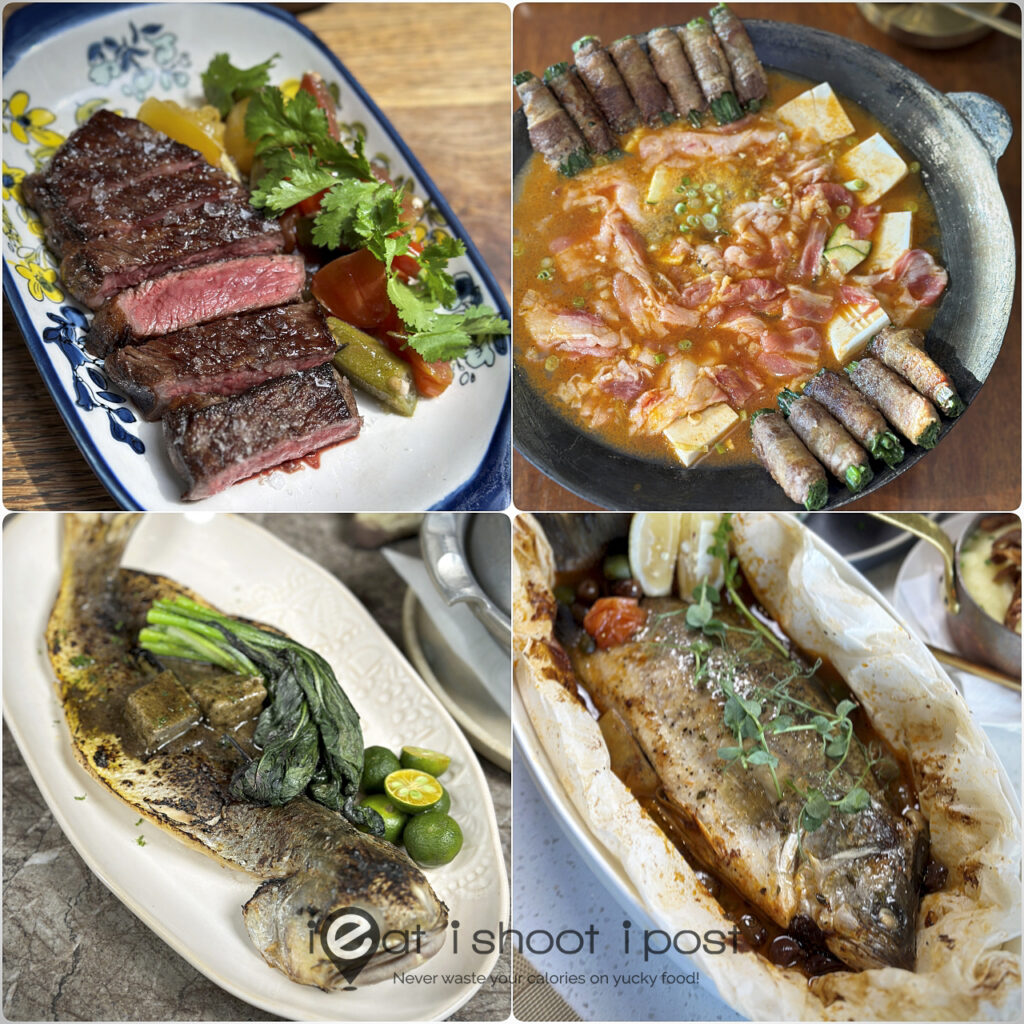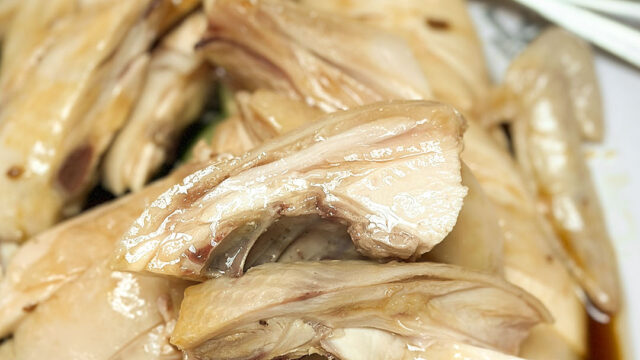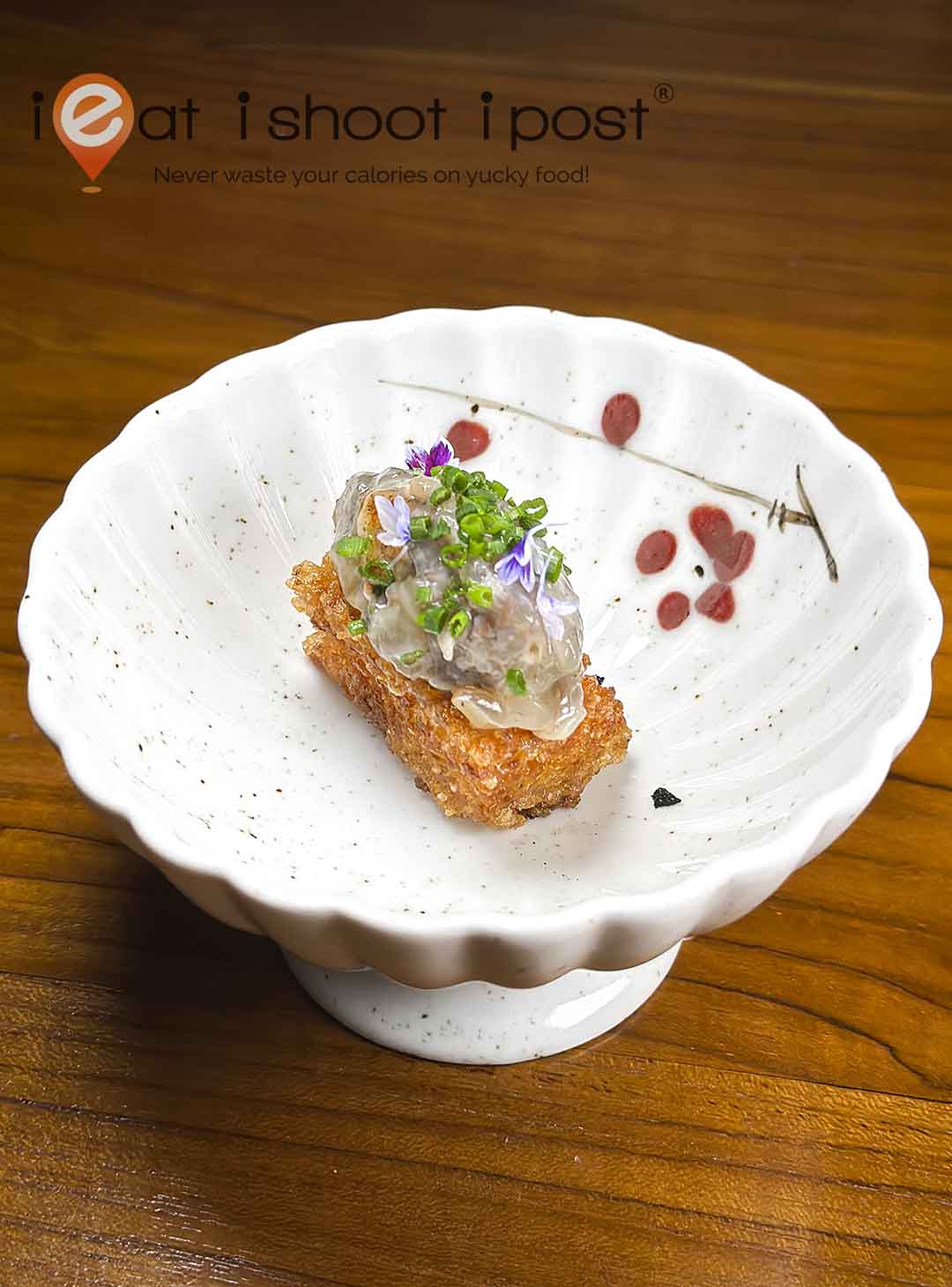
It’s encouraging to witness an increasing number of local chefs directing their attention toward indigenous flavors and ingredients. Leading the way is LG Han, whose commitment to utilizing exclusively locally sourced ingredients has resulted in the prestigious award of a Michelin star for Labyrinth.
Today we showcase Province, an intimate 8-seater restaurant located at the back of an old shophouse in Joo Chiat that focuses on carefully sourced ingredients from Southeast Asia. Chef-owner, Law Jia Jun has been traveling the region to source for the best produce to present at the restaurant. We were invited to experience his Autumn menu which is a 7-course dinner experience priced at $138++.
Autumn Menu at Province
1st Course: Snacks
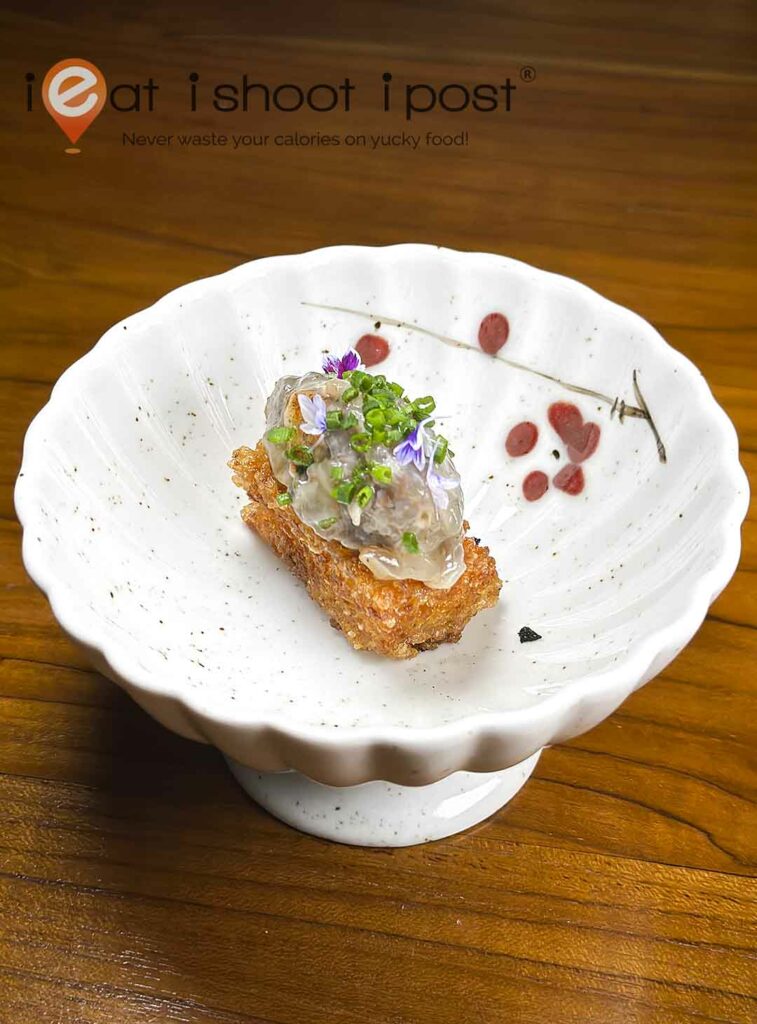
Our first snack was locally farmed tiger prawns served atop a small brick of crispy rice cake. The prawns were nicely marinated and gently smoked and placed atop a nugget of crispy rice cake. 4/5
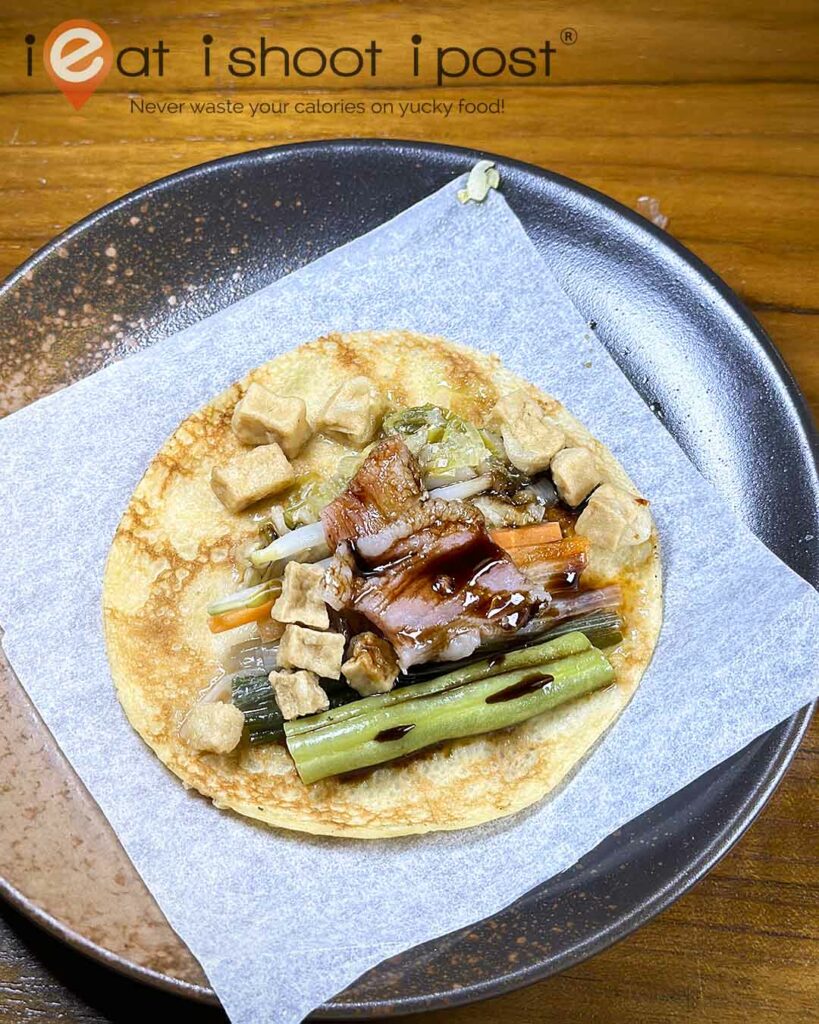
I am guessing this dish is called Ah Ma’s (Grandma’s) popiah because the egg crepe skin is what Ah Ma would have done at home. It is served with very flavourful sauteed leeks, cured local pork jowl, and a medley of other vegetables. 3.5/5
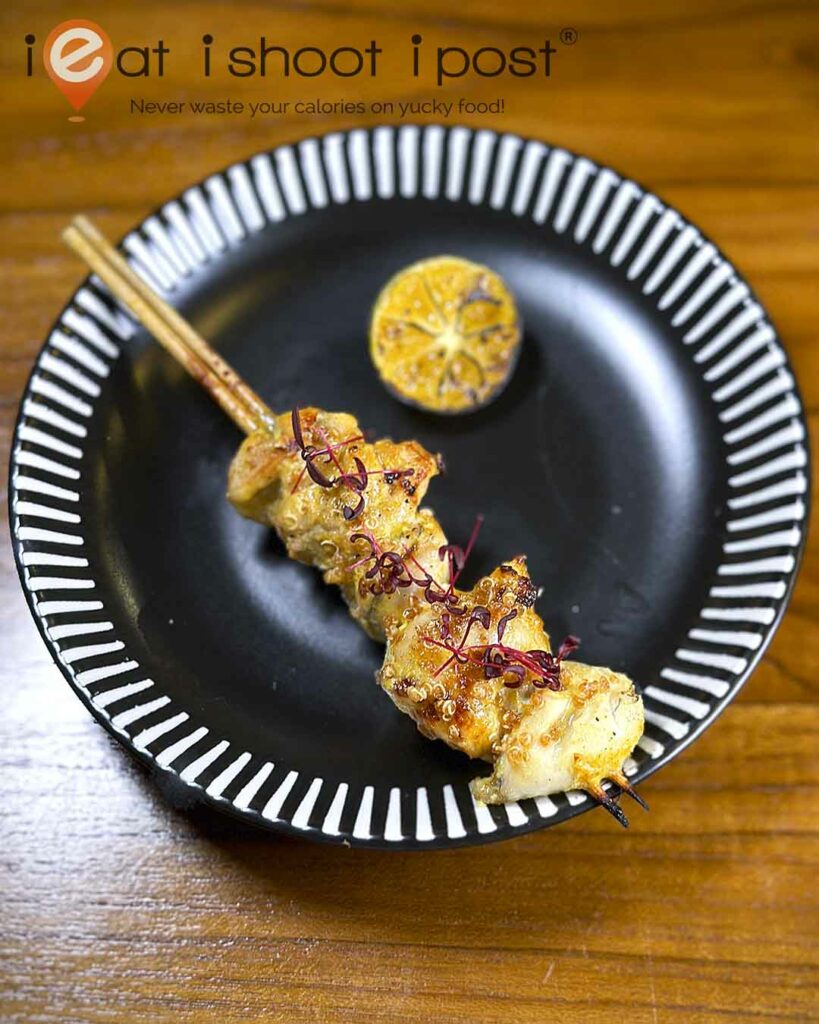
The frog leg yakitori was a little chewy and I felt the Tandoori spiced marinade was a little too subtle. I have never really understood the fascination with frog legs. They taste like chicken but are more chewy which begs the question of why we even use them at all. 3.5/5
2nd Course: Cephalopod
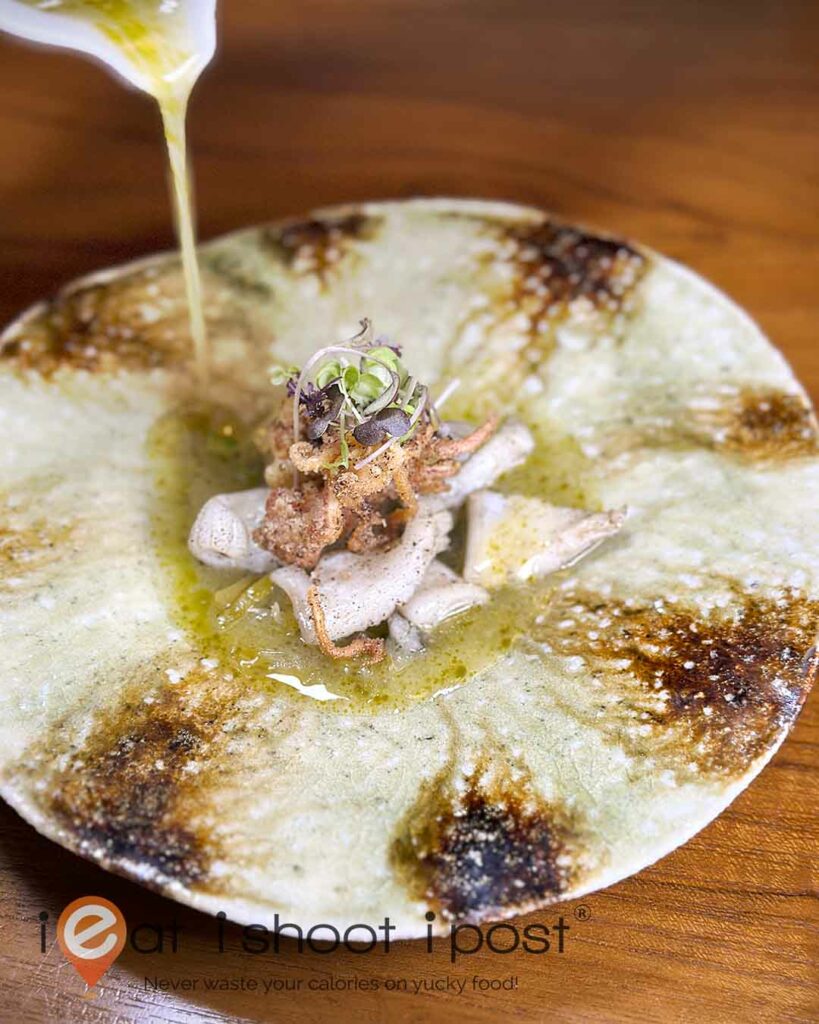
With this dish, the chef combined charred squid and crispy fried baby squid with a sweet and tangy sauce. The contrasting textures of the cephalopod are quite enjoyable. 4/5
3rd Course: Into the Brassica Garden
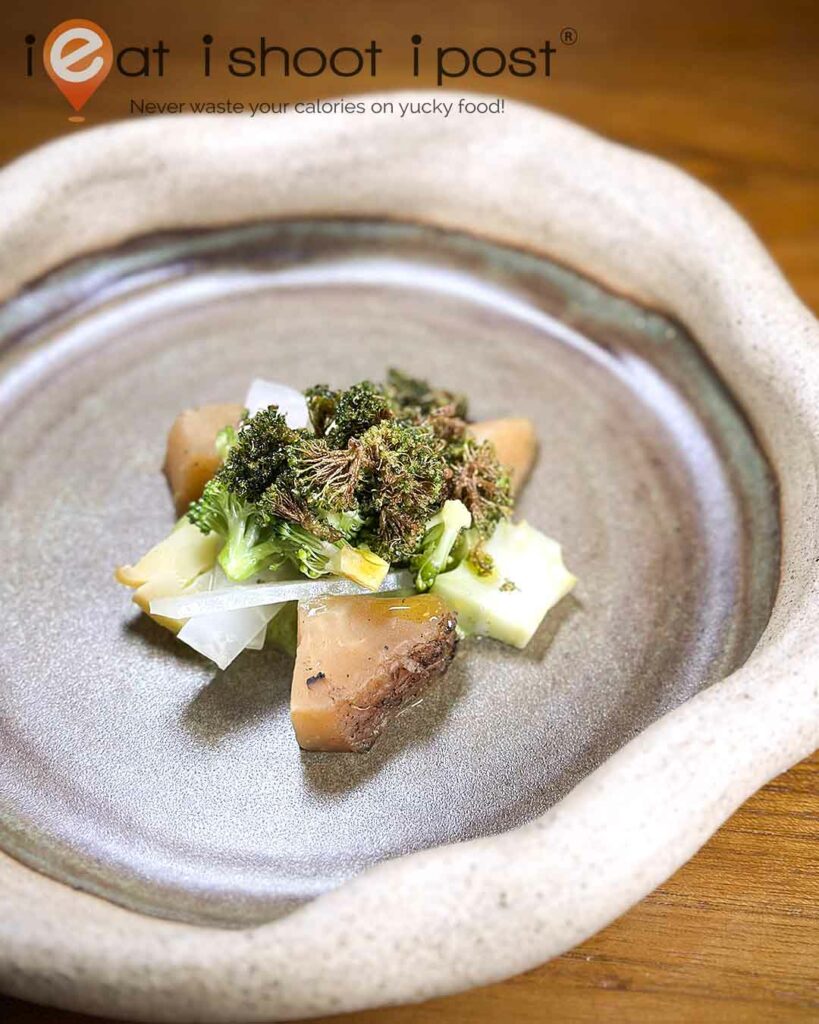
Kohlrabis might look like turnips, but they are a brassica like broccoli and cauliflower. It’s not a vegetable that is commonly found at the market, but it is grown locally. For this dish, the kohlrabi is cooked and charred, served together with a cured version, and topped with broccoli cooked in two ways. I don’t mind the dish, but it hasn’t turned me into a fan of the Sputnik-looking vegetable. 3.5/5
4th Course: Golden Cap Farms

This is a dish made with locally farmed mushrooms that have been fermented, fried, and pureed. I like the earthy flavor of the dish and the contrast between the fried pink oyster mushrooms and the mushroom foam. It is too bad that truffles are not grown locally as a few slivers of truffle will bring it to the next level. 4.25/5
5th Course: Finned
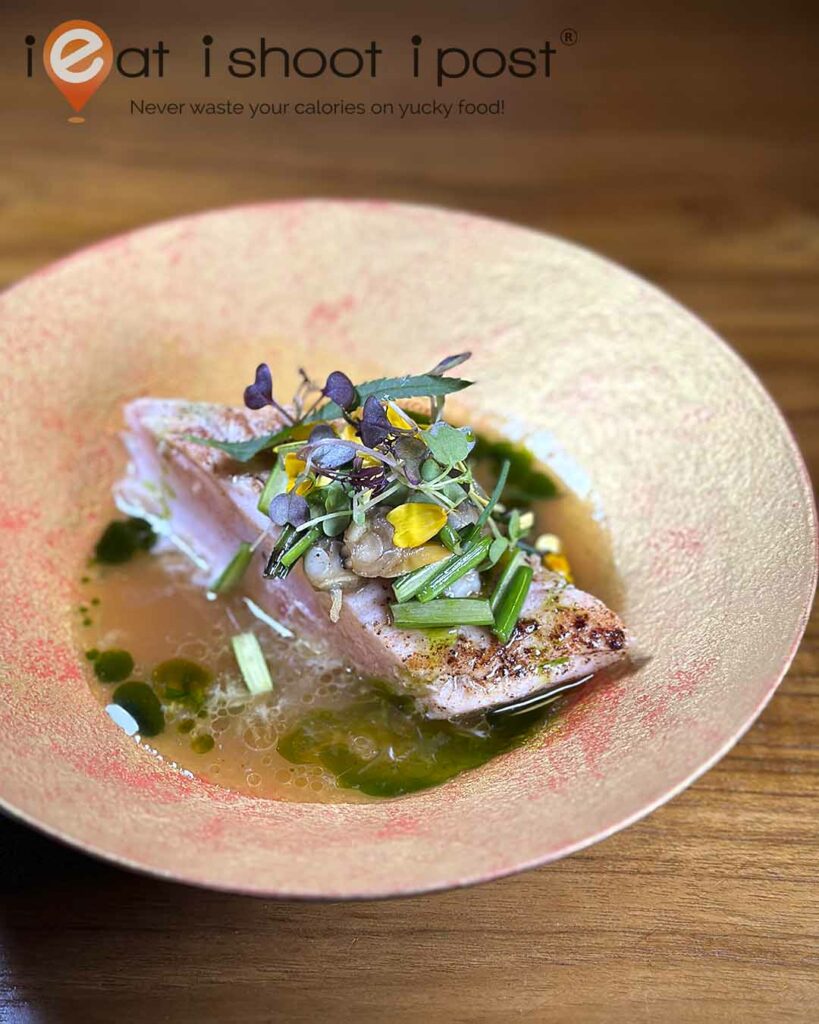
We moved on to the proteins and were served a local (Indian) Halibut which had been gently cooked and served with a barigoule sauce made with local ingredients. Th fish was still pinkish in the middle which chef assured us was ok to eat. The barigoule sauce was light and tangy and went well with the fish, although it isn’t something I would especially go back for again. 3.5/5
6th Course: Feathered
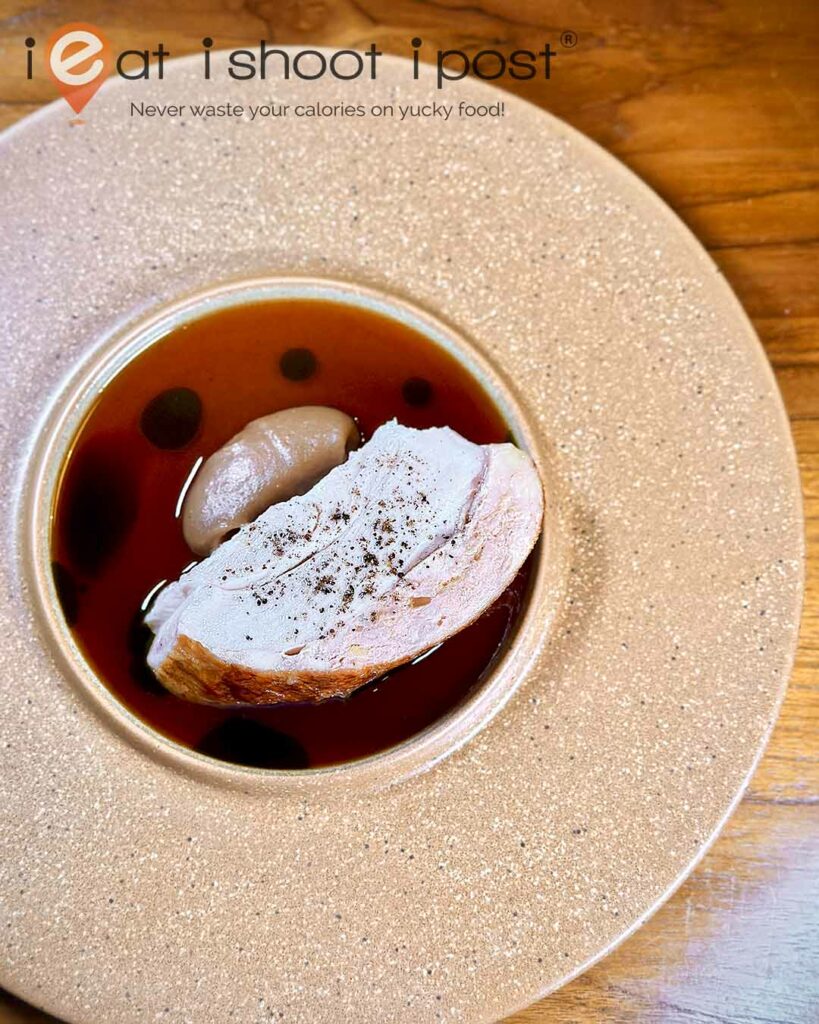
The Roasted Poulet was the highlight of our meal. Poulet is just a fancier term for kampung chicken which is a French breed that is locally farmed in Malaysia. The liver and heart are made into a pate and stuffed under the skin and slow-roasted to perfection. It was served with a flavourful chicken jus made from the rest of the chicken and a yam paste. The chicken and the sauce were well executed but if they didn’t tell me that the paste was made from yam, I wouldn’t have guessed. It’s too bad that our Malaysian farms haven’t started farming high-end chicken like the Shiretoko from Hokkaido, because this dish can be even more outstanding if we had access to even better quality chickens locally! 4.25/5
Palate Cleanser: Fruit I
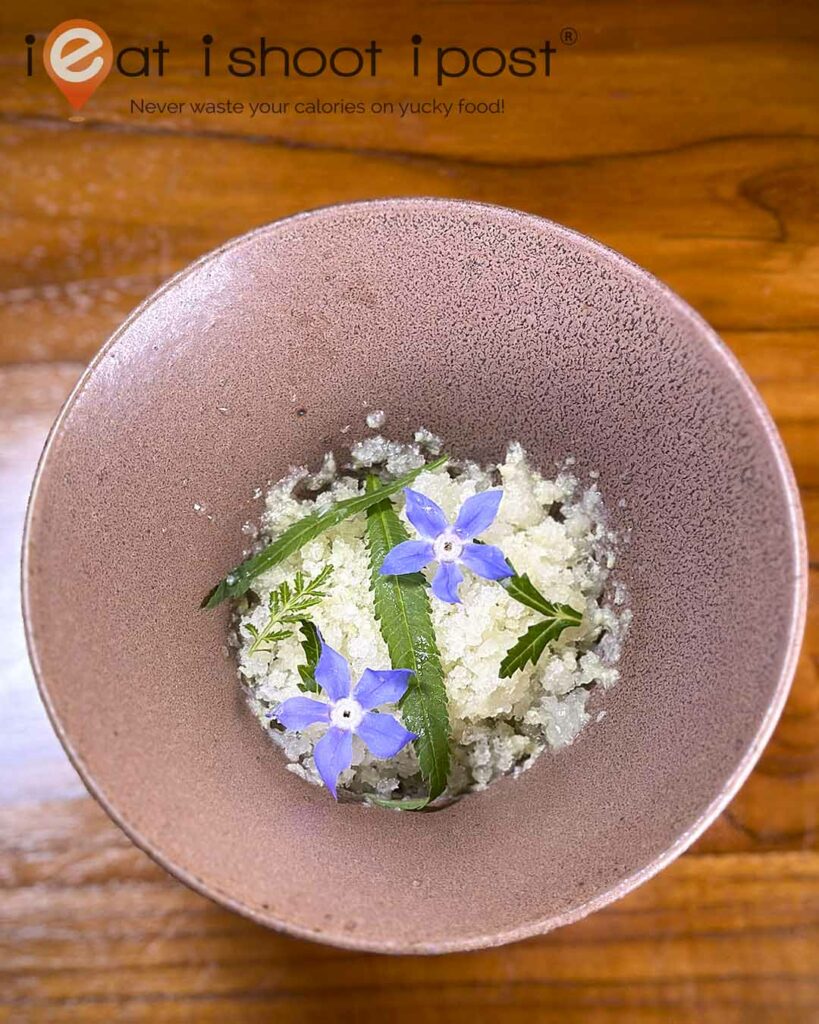
Starfruit is great as a palate cleanser and it is tart and slightly astringent which really helps to reset the tastebuds!
7th Course: Fruit II

I like the fact that they are using local Berangan bananas for this dessert. There are so many varieties of bananas locally and their potential hasn’t been exploited yet. The dessert is pleasant but I felt the banana flavour could be more intense. 3.5/5
Conclusion
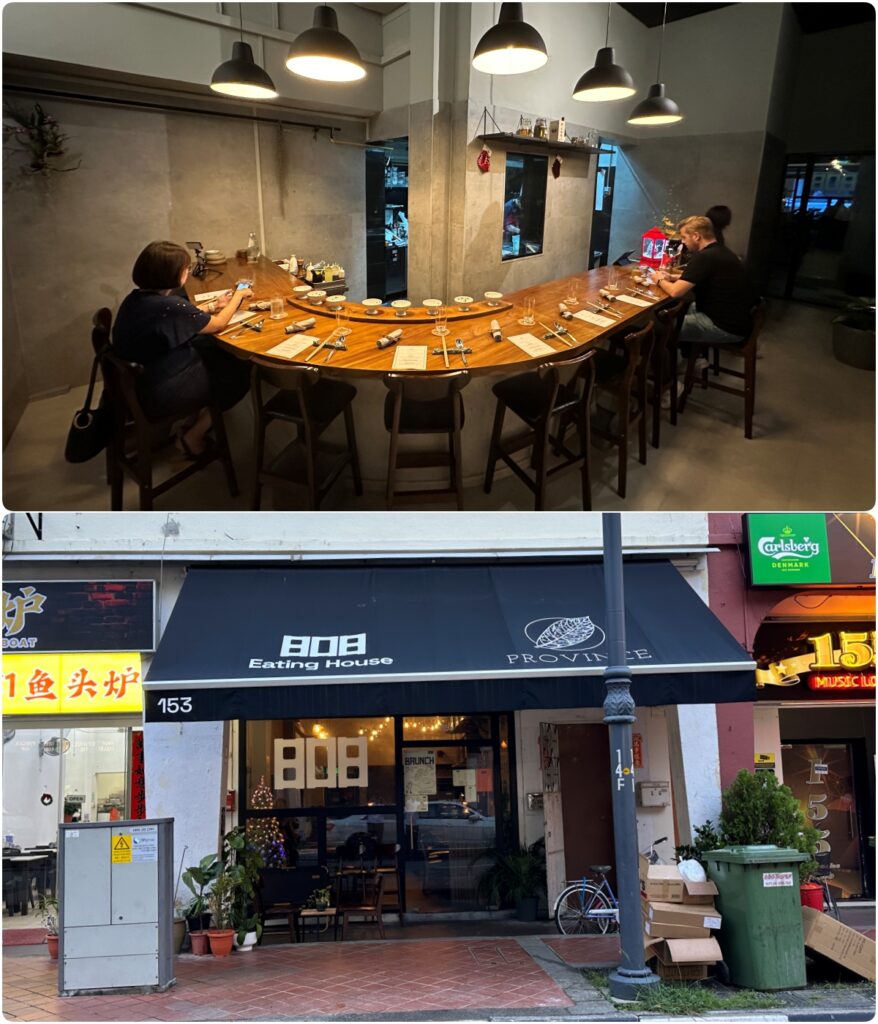
It’s exciting to witness the transformation of contemporary Singaporean cuisine as it expands beyond merely presenting elevated renditions of traditional favorites such as Chilli Crab and Laksa. New classic dishes will take time to emerge as chefs venture into uncharted culinary territory with the use of local ingredients. However, with an increasing number of young chefs embracing this innovative approach, the future appears promising.
Disclosure: This was a media invited review.



